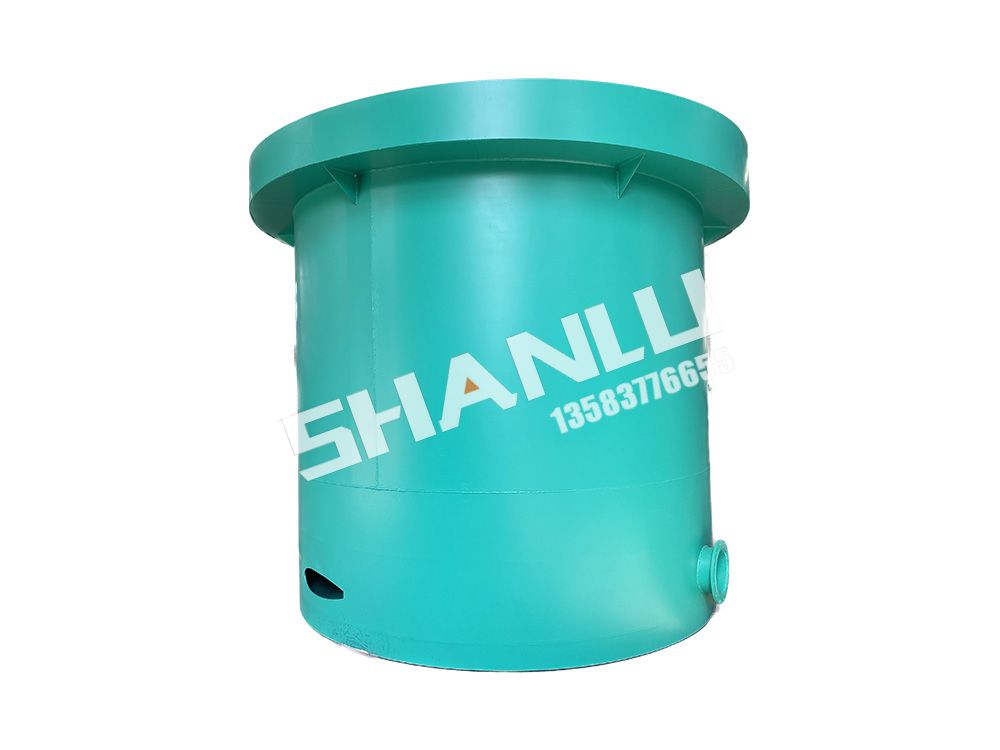What is a hydraulic classifier?
A hydraulic classifier is a device that separates materials through water
flow and is widely used in industries such as mining, chemical, and metallurgy,
especially for the classification of fine-grained minerals. In the hydraulic
classifier, after mixing materials with water, separation is carried out by the
difference in settling rate of particles with different particle sizes in the
water flow. Simply put, hydraulic classifiers classify materials into different
particle sizes based on their settling velocities.
The working principle and efficiency of hydraulic classifiers are influenced
by various factors, such as water flow velocity, particle size and density of
materials, equipment design, etc.

1、 Working principle
The hydraulic classifier uses the different settling velocities of material
particles in liquid for classification. Under the action of water flow,
particles will have different settling velocities in the water flow based on
their density, size, shape, and other characteristics. Therefore, effective
classification can be carried out according to these different settling
characteristics. The specific process is as follows:
Material mixing: The ore material to be classified enters the hydraulic
classifier through the feeding port and mixes with water to form a
suspension.
Settlement classification: Water flows at different speeds in the hydraulic
classifier. In the settling tank, large particles settle quickly due to gravity,
while small particles suspend or slowly sink in the water flow.
Separation and discharge: According to the different particle sizes, the
grading machine divides the material into several different particle size
grades. Large particles will be discharged through the ore discharge outlet,
while smaller particles will be discharged through the overflow outlet.
Clear overflow: After the classification is completed, the hydraulic
classifier will discharge small particles from the overflow outlet to ensure
that their particle size meets the requirements.
2、 Structure and Composition
The structure of a hydraulic classifier usually includes the following
parts:
Feeding device:
Used to transport slurry or materials to the main inlet of the
classifier.
Classification tank (settling tank):
After mixing materials with water flow, the particles are mainly stratified
according to different settling velocities in different areas.
Overflow and discharge ports:
The overflow port is used to discharge fine particulate materials, while the
ore discharge port is used to discharge settled coarse particulate
materials.
Water flow control device:
Used to regulate the speed and pressure of water flow to ensure appropriate
grading effect.
Bottom sludge outlet:
This section is used to remove settled mineral mud and impurities.
3、 Application Fields
Hydraulic classifiers are widely used in mineral sorting and ore processing,
especially for minerals with small particle sizes that require subdivision.
Mineral sorting:
Used for particle size classification in metallic ores (such as iron ore,
copper ore, lead-zinc ore) and non-metallic ores (such as quartz, feldspar,
etc.) for subsequent processing.
Coal industry:
In the coal production process, hydraulic classifiers can be used for coal
classification, separating coal of different particle sizes and improving coal
quality.
Chemical and metallurgical industries:
Hydraulic classifiers can be used for grading chemical raw materials or for
pre-treatment of ores during smelting processes.
Waste disposal:
In the process of waste recycling, a hydraulic classifier can be used for
impurity removal and material classification.
4、 Advantages and Characteristics
Simple and efficient:
The hydraulic classifier has a simple structure, easy operation, and can
efficiently complete material classification and screening.
Energy conservation and environmental protection:
Using the natural force of water flow for grading, without the need for
additional mechanical kinetic energy, is energy-saving and environmentally
friendly.
Strong adaptability:
It can handle various types of ores and fine particulate materials,
especially suitable for handling materials with uneven particle size.
Low cost:
Compared with other grading equipment, hydraulic classifiers have lower
investment and operating costs.
High precision classification:
It can accurately classify particle size based on the settling velocity of
different particles, especially suitable for the sorting of fine-grained
minerals.
5、 Limitations
Limited granularity range:
Hydraulic classifiers are mainly suitable for medium to fine-grained
materials, with limited effectiveness in classifying coarse or extremely
fine-grained materials.
Affected by water quality:
The hydraulic classifier has high requirements for water quality, and water
pollution may affect the classification effect. Therefore, it is necessary to
maintain the cleanliness and fluidity of the water source.
Production is limited:
Although hydraulic classifiers are suitable for fine-grained materials, their
processing capacity is usually not as good as other large-scale sorting
equipment, which may affect efficiency in large-scale production.
6、 Maintenance and upkeep
The hydraulic classifier needs regular inspection and maintenance during use
to ensure its normal operation:
Regularly check the water flow control device:
Ensure stable flow velocity and pressure of the water flow to avoid
inappropriate grading effects.
Clean the overflow and discharge ports:
Regularly clean the overflow and discharge ports to prevent blockage and poor
water flow.
Check the bottom of the settling tank:
Regularly inspect the bottom of the settling tank, remove impurities from
sedimentation, and avoid affecting the fluidity of materials.
Replace damaged components:
If there are worn or damaged components, they should be replaced in a timely
manner to maintain the efficient operation of the equipment.
7、 Summary
Hydraulic classifier, as an efficient sorting equipment, has a wide range of
applications in mineral sorting, waste treatment, and classification of chemical
raw materials. It uses water flow to grade materials according to particle size,
which has the advantages of easy operation, low energy consumption, and low
cost. Despite limitations such as limited processing capacity and water quality,
hydraulic classifiers are still important equipment for processing fine-grained
ores and materials in many applications.